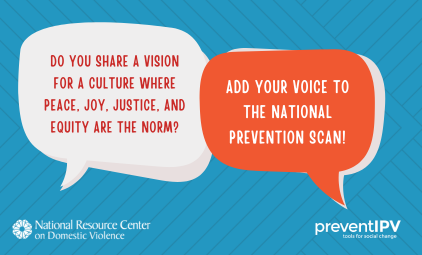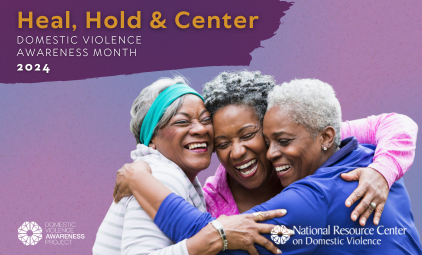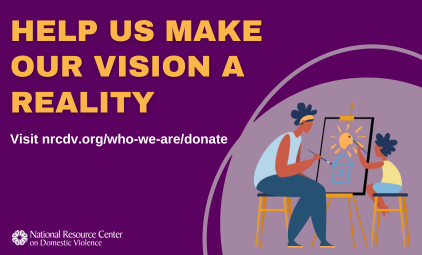 In planning for Sexual Assault Awareness Month and the 2014 Campaign on healthy adolescent sexuality, the National Sexual Violence Resource Center (NSVRC) heard from folks across the country that they love the idea of healthy sexuality for sexual violence prevention, but the school districts in their area just wouldn’t let them say the word “sex.” While it may be a real puzzle, it’s the reality that many preventionists face.
In planning for Sexual Assault Awareness Month and the 2014 Campaign on healthy adolescent sexuality, the National Sexual Violence Resource Center (NSVRC) heard from folks across the country that they love the idea of healthy sexuality for sexual violence prevention, but the school districts in their area just wouldn’t let them say the word “sex.” While it may be a real puzzle, it’s the reality that many preventionists face.
1. Think outside the classroom
Healthy sexuality is a very important piece of the prevention puzzle. It’s not something to be ignored. That may mean that it’s time to start thinking outside of the classroom with your programming. For a long time, anti-sexual violence programs have teamed up with local school districts to educate young people on the realities of sexual violence. The school environment gathers groups of young people who are required to listen to your message if the teacher is willing to share class time.
However, schools are not the only places where young people gather. Churches, community centers, and social organizations (like 4-H, scouting programs, or dance clubs) are all potential settings for prevention activities. Even if you have a long-standing relationship with your school districts, you’re probably not reaching every young person. It’s also unlikely that you are reaching their caregivers between the hours of 8 and 3. Get out into the community, build new partnerships, and cultivate a broader understanding of the role that community-based groups play in preventing sexual violence with our young people.
You may find that thinking outside of the classroom will give you an opportunity for more time, more frequent contacts, and more supportive adults to help reinforce your message. Innovative prevention programs across the country have implemented initiatives like activist theatre, leadership programs, and more. This year’s SAAM campaign materials (en Español) offer strategies for being an adult ally to budding youth preventionists and a guide on becoming a youth activist.
2. Shift the focus
Even though there are some great opportunities for healthy sexuality prevention work outside of schools, you may choose to sustain long-standing partnerships with your local school districts. If you’re willing to work around the “no sex” policy, keep in mind that the sex talk is definitely not the only conversation needed to get to sexually healthy attitudes and behaviors. In fact, the program 100 Conversations suggests you need at least that many, and offers resources and conversations starters on topics ranging from media literacy to relationships to consent. Pick one of these great topics, start talking, and build the trust with the school district as you use your advocacy skills to make the case for a more comprehensive prevention strategy.
Other great resources on adolescent sexuality include Scarleteen and Sex, etc. They offer everything from quality information on sexuality to tools for communicating with parents, partners, and medical professionals. You can also start the conversation at a SAAM event or over social media.
What are your best strategies for introducing topics that school districts may shy away from?


















